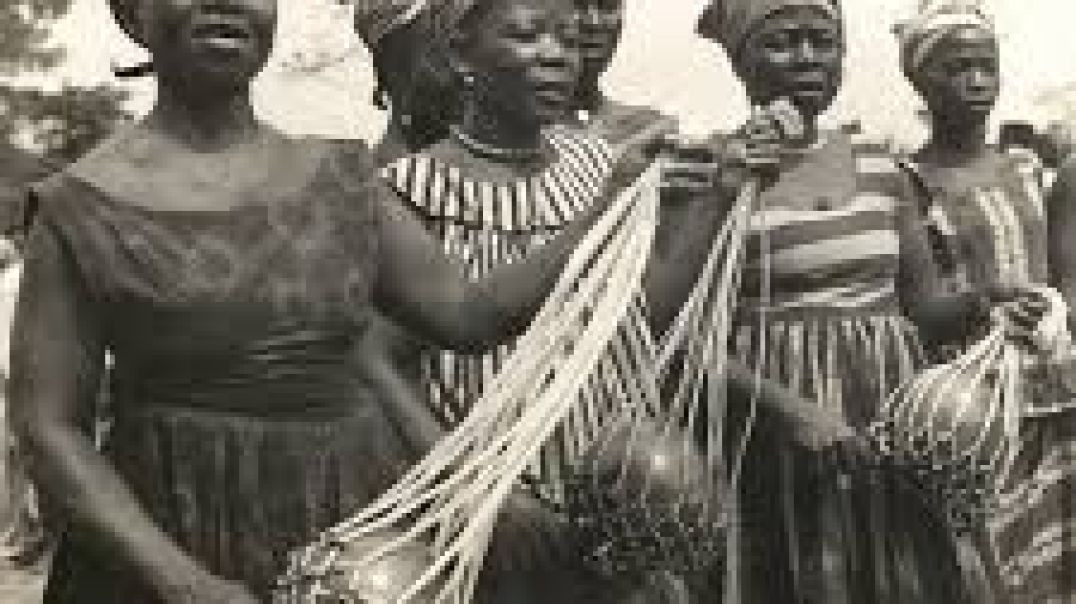- General Videos
- Music
- Economics
- Health
- Travel & Events
- History
- Psychology
- Spirituality
- Movies
- News & Politics
- Kmtyw Combat Sciences
- Ɔbenfo Ọbádélé Kambon Videos
- Ɔbenfoɔ Kamau Kambon: Black Liberation Philosophy
- Science, Tech, Engineering and Math
- Permaculture
- Self-Sustainability
- Living Off Grid
- Yoruba Language Learning
- Education
- Mmɔfra Adesua
- Nana Kamau Kambon Playlist
- Livestream
- Komplementarity Kouples and Revolutionary Singles
- Abibitumi Film Series
- Decade of Our Repatriation
- Live
Ethnobotany and Conservation in West Africa
Video 43 in the Introduction to Ethnobotany series. Presented by Orou Gaoué.
Africa is the second largest continent and has the second largest rainforest block. Africa has diverse plant resources and indigenous communities that still rely largely on plants for their livelihood. This episode discusses uses and management of plant resources in West Africa in three parts: First, are presented the distribution of ecological variation and human population density in Africa. People populate mostly the savannah region of the continent, leaving the vast infertile desert and the harsh rainforest regions less populated. Increasing population density and its concentration in the savannah areas is, among other reasons, responsible for high forest degradation rates and high plant harvesting impact in Sub-Saharan Africa. Second, the different indigenous uses of plant resources are reviewed: food, medicine and cosmetic, fodder, firewood and charcoal, building and timber. There is a severe firewood crisis in the region and harvesting non-timber forest products such as tree fodder, tree bark for medicine, is participating to the degradation of the forest. Third is an analysis of indigenous as well as government management strategies of forest and forest resources. Sacred forests and agroforestry parklands are some of the traditional ways of conserving plant species of local interest. The state management strategy has shift from an official protectionism of the state reserve forest, to a more participatory approach, although the level of implication of indigenous people has varied over the years.





















